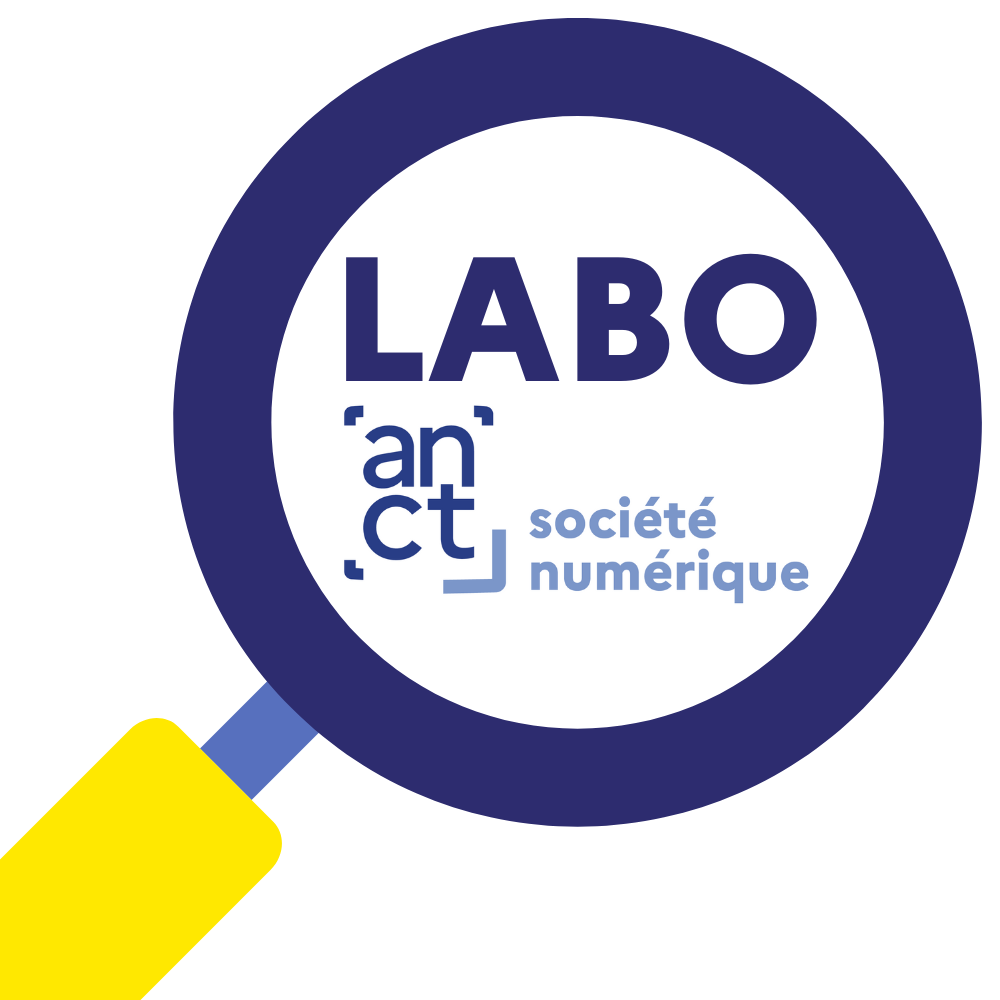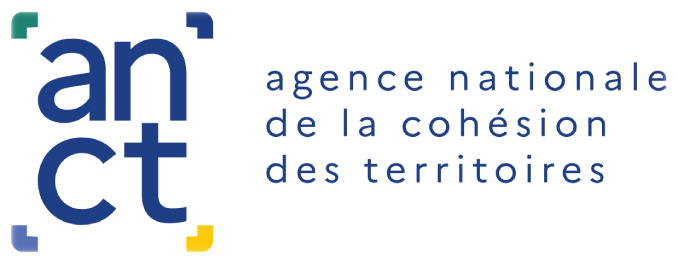Conducted at the initiative of the King Baudouin Foundation (before the coronavirus crisis), the digital inclusion barometer provides an overview of digital inequalities in Belgium.
The Barometer distinguishes three dimensions of the digital divide, each of which is associated with marked inequalities.
- Inequalities in access to digital technologies. "While Belgians are largely connected to the Internet (90%), strong disparities appear according to income: 29% of households with low incomes do not have an Internet connection at home, compared to 1% of households with high incomes.
- Inequalities in digital skills. "40% of the Belgian population are at risk of digital exclusion: 32% have only low skills and 8% are internet non-users. The lower the income and the lower the level of education, the less digital skills are available (75%)."
- Inequalities in the use of essential services. "85% of Belgians between 16 and 74 years old use the internet every day, especially online services. 57% of low-educated internet users and 56% of those with low incomes did not use the internet to send documents to the administration, even though they were required to do so.
Greater inequality than in neighboring countries
"When comparing its performance with that of neighboring countries, Belgium is the most unequal country in terms of country with regard to Internet access. There is a 28% gap between the most affluent households (99% connected) and the lowest income households (71% connected). This gap is greater than those observed in Germany (15%), France (21%), Luxembourg (21%), Luxembourg (7%) or the Netherlands (4%).Marked differences between regions
In Wallonia, the broadband coverage rate is less than 50% in some areas of the provinces of Luxembourg, Hainaut, Namur and Liège. There are still white areas in the Walloon Region that are not equipped with optical fiber.40% of the Belgian population is vulnerable to digitalization
"The IT skills of Belgians are low. In 2019, just 38% had advanced digital skills and 32% had only low digital skills. If we add the 8% of non-users of the internet, we can consider that 40% of the Belgian population is in a vulnerable situation with regard to the increasing digitalization of society."Several factors have a determining impact on digital skills: degree level, income level, age and (lack of) employment. "Thus, people with low education (75%), people with lower incomes (75%), seniors (68%), and job seekers (54%) are the groups with the lowest level of digital skills. And when these different variables combine, the rate of digital vulnerability becomes alarming.
"Another major challenge is that digital skills have the particularity of having to be constantly updated. The rapid and permanent evolution of digital innovations requires everyone to continually keep their skills up to date in order not to be left behind.Unequal access to essential services
"Belgians have largely embraced online banking and e-commerce, especially in Flanders. On the other hand, the use of online public services seems to be stagnant in all three regions of the country.67% of people with a low level of education have never done any administrative procedures online.
Conducted at the initiative of the King Baudouin Foundation (before the coronavirus crisis), the digital inclusion barometer is based on data from the 2019 survey on the use of information and communication technologies (ICT) by households and individuals aged 16 to 74, conducted annually by Statbel and coordinated by Eurostat at the European Union level. These data were analyzed by a team of researchers from UCLouvain and the Vrije Universiteit Brussel (VUB)
Référence :





